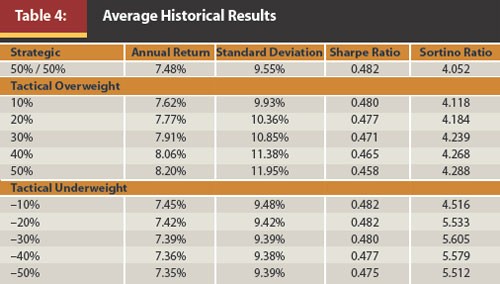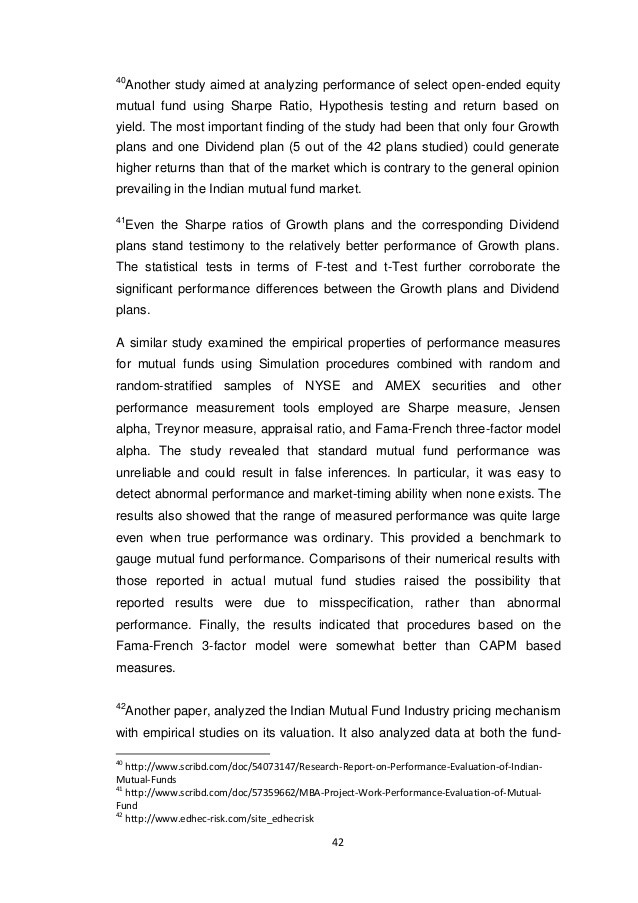Understanding RiskAdjusted Returns – Using the Sharpe Ratio to Evaluate Funds
Post on: 14 Май, 2015 No Comment

One of the most important criteria to measure in evaluating the performance of any asset is risk-adjusted return – whether analyzing a mutual fund, an ETF, or a single common stock or corporate bond. Risk and return are really two sides of the same coin. The more volatile an asset, the higher the likelihood is of scoring hefty returns – or of falling mightily. Investing in higher-risk assets requires both financial capacity to absorb potentially high losses and a psychological willingness to endure stomach-churning ups and downs. Even the strongest constitutions are being tested these days by historically unprecedented levels of volatility. This makes it more important than ever to understand basic risk-adjusted performance measures. A good place to start is with the Sharpe ratio – one of the most commonly used.
The Sharpe Ratio
The Sharpe ratio was named after financial academician William Sharpe, an important pioneer in the advent of modern portfolio and capital markets theory. It’s useful in that it provides a single number to incorporate both return and risk. When applying the ratio to fund analysis, we are looking to see how much risk the fund manager took on in achieving return over a defined time period. This involves two numbers: the cash-adjusted total return (CATR) and the standard deviation. The CATR is the numerator in the Sharpe ratio equation, and standard deviation is the denominator. Let’s look at each of these in more detail.
Cash-adjusted Total Return
What is the cash-adjusted total return and what makes this the correct return measure? Let’s unpack this mouthful of a term piece by piece. First, total return is a measure that incorporates dividends (or interest, in the case of fixed income funds) and capital appreciation (price). These are the two sources of value for basic securities instruments. Second, the cash-adjusted return is the fund’s return over and above the notionally riskless return on a cash equivalent instrument (for example 3-month Treasury bills) for the same time period. Because we are trying to express a risk-adjusted measure, this is an important distinction. Sometimes the Sharpe ratio is calculated without adjusting for the cash return, but it is more correct to use the CATR measure. So for example, if ABC Fund returned 7% over a twelve month period and the return on the 3-month T-bill was 1% for the same period, the CATR would be 6%.
Standard Deviation
Now let’s look at standard deviation. the risk measure. Standard deviation is a statistical measure of variation around a mean. The magnitude of each data point’s deviation from the average tells us how much we can expect that asset to generate high returns or large losses. For example, an asset that returns 5% one month, 4% the next month, and 6% the month after will have a lower standard deviation (i.e. less risk) than an asset that returns 5% one month, 0% the next, and 10% the one after. The average return for each asset is the same over this period – 5% but the second asset is riskier.

Putting it Together
So putting the two components of the equation together, let’s work through a simple example. Say that ABC Fund has a cash-adjusted total return of 6% and a standard deviation of 10%. Its Sharpe ratio will therefore be 0.6. If XYZ Fund has a CATR of 6% and a standard deviation of 6% then its Sharpe ratio will be 1.0. We would say that, on a risk-adjusted basis, XYZ Fund has outperformed ABC Fund. All else being equal, we would prefer XYZ fund for our portfolio.
Every investor has a different risk tolerance. Some seek higher-risk assets in the pursuit of high returns. Others prefer not to worry about whether the Nikkei is crashing. But all investors, regardless of risk tolerance, should seek as little risk as possible for the returns they are trying to obtain. The Sharpe ratio is one measure we can use to make smart risk-based decisions.














